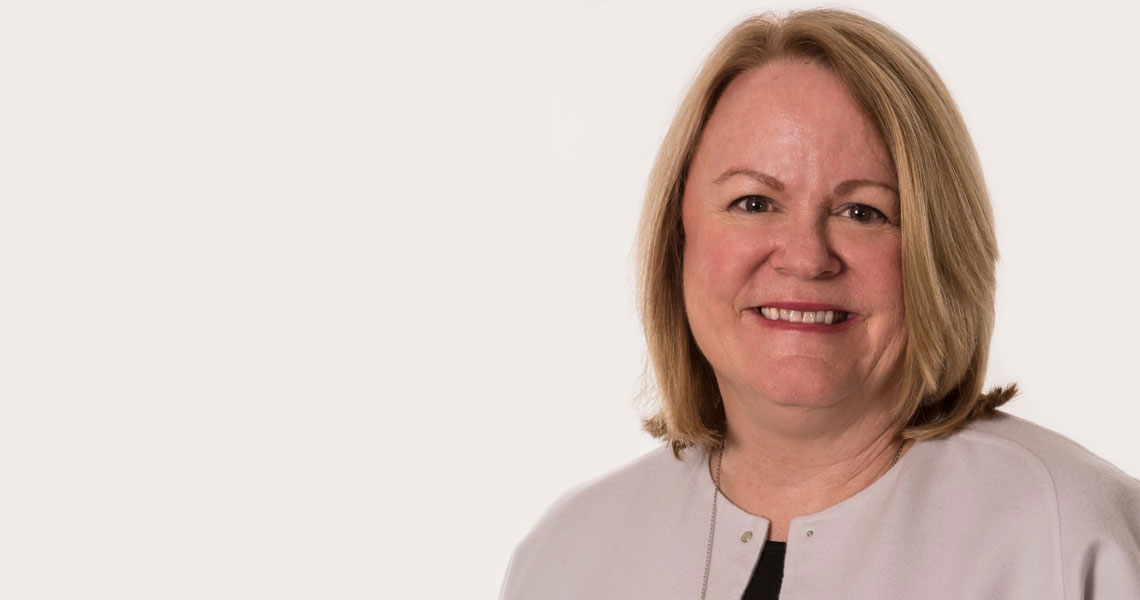Second Lawyers Conference on D&I Education Goes Online

On March 31, nearly twenty-five legal educators gathered online for the 2nd Lawyers Conference on D&I Education: A Virtual Introduction. When the COVID-19 pandemic hit, the initial two-day conference, hosted by Scalia Law School, morphed into a two-hour virtual preview. The full conference has been postponed until September 24-26, 2020.
The virtual conference was hosted by Scalia Law School’s Senior Associate Dean Alison Price. Alison explained that Scalia Law has offered the D&I education program to its students for nearly three years. “We have concluded that this is a worthwhile initiative, and we want to share it with other legal educators,” she said. Alison rolled out the Diversity & Inclusion Course Tool Kit for Legal Educators developed by Scalia Law School’s Corley Institute for Diversity & Inclusion Education. “It’s an instructor’s manual on steroids,” Alison said. The kit provides sample syllabi, learning objectives, lesson plans in the form of Instructor PowerPoint Exercises, D&I Video clips, and student activities and exercises. The Corley Institute hopes to continue to expand the Tool Kit with contributions from other law schools.
The virtual conference kicked off with Kelly McNamara Corley, the Corley Institute’s founder. Kelly explained that the Corley Institute is eager to share its Tool Kit with other law schools. “There is a real fundamental need for lawyers to have skills around D&I,” she said. “It’s as fundamental as learning to research and write. We want to equip law schools to prepare the next generation of lawyers for leadership in this space.”
Kelly then introduced Destiny Peery, a social psychologist, legal educator, and expert in D&I. Destiny reported that diversity in law firms has stagnated since the recession of 2008. “Since the recession, diversity numbers have flattened. Black associate representation is still low,” she reported. What’s more, Destiny noted, “Women make up half the number of associates, but far fewer become partners.” According to Destiny, the legal profession has recently started to examine the reasons behind this lack of diversity. “Much of it is culture. Law schools need to do more,” she concluded.
Scalia Law School started “doing more” three years ago. Alison Price gave a brief history of Scalia Law School’s decision to make diversity and inclusion a priority. In 2017, the law school began exploring how best to equip students with the necessary skills to thrive and lead in an increasingly diverse marketplace. Scalia Law School forged a partnership with Kelly Corley to found the Kelly McNamara Corley Institute for Diversity & Inclusion Education.
The first year, the institute offered a D&I Certificate Program that met on Friday nights and included dinner. It started with 12 students. The program continues to grow. This year, the D&I Certificate Program attracted 25 students under the direction of Corley Institute Director Craig Sawyer.
Craig, a D&I professional who has trained executives in Fortune 100 companies, leads students through the program, which starts with the market case for diversity and inclusion in the legal profession. The program addresses issues such as micro-aggressions, privilege, implicit bias, EEO, and more. At the end of the course, students work in teams to produce D&I case studies. “I have worked with seasoned professionals whose D&I plans weren’t as good as what many of these students produced,” said Craig.
1Ls, and recent graduates of the D&I Certificate Program, Sally Alghazali, Jacob Hopkins, and Jase Panebianco presented their case study for the fictional law firm, Finn, Phinn, & Phine in Iowa. Their challenge was to attract and retain more women in a firm that was fast losing its female employees. They showed an impressive strategy that included assessment, evaluation, and the implementation of measurable goals for the recruitment and retention of women over a five-year period. The virtual audience was clearly impressed with the students’ dynamic presentation and sophisticated grasp of D&I issues. “When they first came to class, they didn’t have much background in D&I,” Craig noted.
Craig will soon begin a monthly online session collaborating with legal educators who want to implement more D&I training and use the Tool Kit at their schools. The goal is to start sharing best practices and new ideas now so that we can have robust discussions about curriculum and how to advance our students’ fluency in D&I in time for the September conference.
“We are very pleased to be leading in this space,” said Alison Price. “We look forward to working with our colleagues from law schools throughout the country to advance D&I education for the next generation of lawyers.”